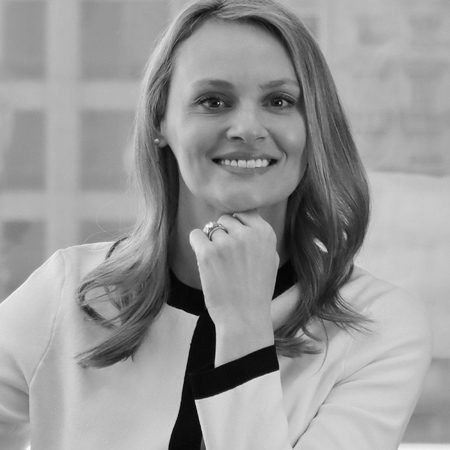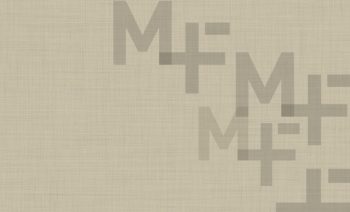The Santa Clara County Bar Association (SCCBA) brought together members of the legal community for its annual “2025 Evening with the Civil Bench” panel event. This continuing legal education (CLE) event provided insights into new and upcoming changes to the Civil Division.
Judges and civil case managers from the Santa Clara County Superior Court (SCCSC) were in attendance to provide updates on trial procedures, technology, remote appearances, law and motion, case management, settlement conferences, and alternative dispute resolution (ADR) options.
Here’s what the civil litigation bar needs to know:
State of the Civil Division: Trials
- The Civil Division has streamlined its docket, excluding long-cause family trials while retaining civil harassment, elder abuse, unlawful detainer, and probate cases.
- To minimize confusion, the division is now rotating judges rather than departments.
- Starting April 1, 2025, select trial judge standing orders will be available online.
- The backlog of post-COVID cases has been successfully addressed. Trial continuances due to lack of a courtroom are down to 4.5% in 2025 from 12% in 2024.
- All trial judges are taking trials now. Since July 2024, each case in the Civil Division has had a courtroom.
- Continuances discontinued: Absent good cause, judges will be denying requests to continue trial dates — even where the parties stipulate. Good cause will be found where emergency circumstances exist, but requests for additional time for mediation or to conduct further discovery are not considered good cause, even where the parties have been diligent. The court views continuances as costly delays, urging attorneys to commit only to feasible trial dates. Deadlines, they argue, drive progress.
Upgrades to the Court’s Website
The court’s website is evolving, with AI chat support and upgraded e-filing in the works. Feedback on how to enhance the user experience is welcome. By July 2025, email will replace snail mail for all notices from the court. For guidance in e-filing, attendees of the event received a clerk-approved list of the Top 10 E-Filing Mistakes.
Remote vs. In-Person Appearances
New Rule 5 bans telephonic appearances, mandating remote appearances by video with strict protocols (Local Rule 9(B)(1)(a)-(h)). The judges encouraged attorneys to make sure to display their name and their client’s name before joining for a remote appearance. Even still, some judges champion in-person presence, citing richer engagement. In-person cases get docket priority, and senior attorneys are encouraged to appear physically to give their younger colleagues an opportunity to learn through observation.
Law and Motion: Meet, Confer, and Streamline
- Judges are cracking down on frivolous discovery motions, estimating only 1 in 5 is justified. Robust meet-and-confer efforts—think conference calls, not ultimata (Cal. Code Civ. Proc. § 2023.020). Cases like Safechuck v. MJJ Productions, Inc. (2023) underscore that inadequate efforts can lead to sanctions, even for winners. Santa Clara’s Code of Professionalism sets the standard. When motions are unavoidable, file them post-supplementation and precisely follow procedural requirements when requesting sanctions.
- Tentative rulings, posted by 3:00 p.m. the day before (CRC 3.1308(a)(1)) serve to streamline hearings. Unless otherwise ordered, parties must notify intent to appear by 4:00 p.m., or the tentative becomes final.
- Post-COVID, ex partes are e-filed only (CRC 3.1203(a), Local Rule 7A), with oppositions due by day’s end. Judges wait a day for filings and encourage clerk reminders; orders appear on the public portal.
Case Management and Settlement (CMC)
- Thanks to e-filing, judges now receive Case Management Statements with enough time to review them before the CMC. Don’t copy-paste from your previous CMC statement. If you have no updates to report, skip filing a new statement. Key elements include mediation plans, firm discovery deadlines (specific dates, not “per code”), concise case summaries, and related case disclosures. Jury fees, due at the initial CMC, are at risk for waiver if not timely paid.
- Mandatory settlement conferences, held virtually the Wednesday before trial, leverage volunteer attorneys, with judges seeking volunteers to guide complex cases. They encourage attorneys with as little as 5 years of experience to volunteer as it has proven to be an excellent way to learn how to settle cases.
- In deciding whether to assign judicial officers, the case managers prioritize case “toughness” over monetary stakes.
Other Free ADR Programs
| ADR Program | Description | Governing Rules/Details |
| Early Settlement Conferences |
Designed for simpler, lower-value cases to facilitate early resolution between parties. | Covered by Local Civil Rule 4. |
| Judges ADR | An ADR process overseen by judicial officers, typically for more complex or significant cases. | Governed by Local Civil Rule 3. |
| Discovery Facilitations |
Available before or after a discovery motion is filed to assist with discovery disputes. | No specific rule cited; flexible timing. |
| Informal Discovery Conferences (IDCs) |
Conducted by case managers upon request or court order to resolve discovery issues without motions. | Default is remote; in-person upon request; may require a letter brief or joint statement with a table of positions and compromises. No stay of motion deadlines. |
Practical Tips for Success
The judges highlighted their preference for brevity. In motions and other submissions, counsel should state clearly their request to the court within the first four paragraphs. Further, as noted above, the judges strongly encourage counsel to meet and confer thoroughly and in good faith.
The annual “Evening with the Civil Bench” panel event allows the public the opportunity to hear directly from the Santa Clara County civil court judges and to discuss topics involving day-to-day proceedings. We thank the SCCBA and the panel of judges who made the event possible.


